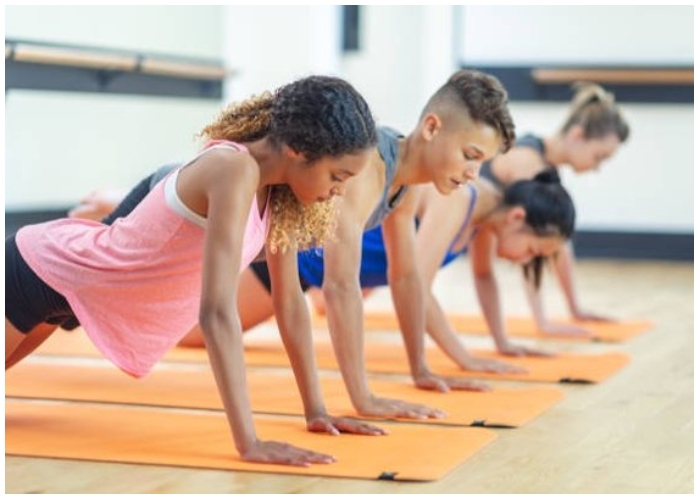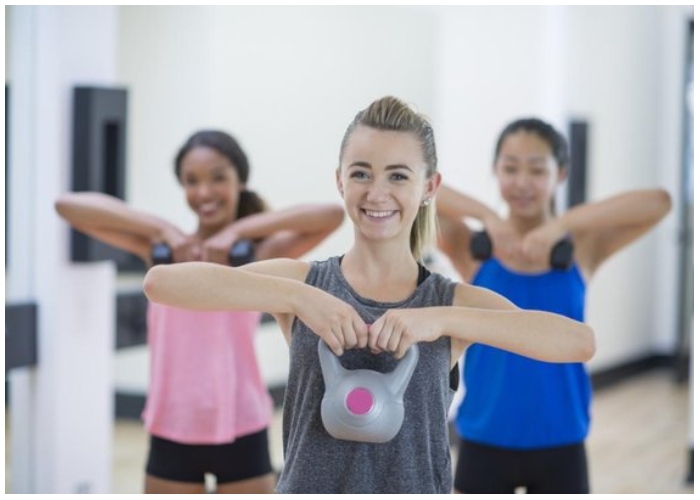Teenagers lead busy lives filled with academic responsibilities, extracurricular activities, and social engagements. In today’s digital age, much of their leisure time is also spent in front of screens—averaging about nine hours a day. This shift towards a more sedentary lifestyle, exacerbated by the COVID-19 pandemic, highlights the crucial role of regular physical activity for teens. Here’s what parents need to know about encouraging exercise among teenagers.
The Importance of Exercise for Teens
Exercise offers myriad benefits that extend beyond physical health, particularly during the teenage years which are critical for growth and development. Regular physical activity helps build endurance, strengthens bones and muscles, and enhances aerobic fitness. It also plays a significant role in maintaining a healthy weight and promoting better sleep patterns.
From a mental health perspective, exercise is equally beneficial. Physical activity stimulates the release of endorphins, reducing stress and lowering the body’s stress hormones. It sharpens cognitive functions, including memory and thinking skills, which are essential for academic and social success. Furthermore, regular exercise has been linked to reduced risks of depression, boosting overall energy levels and fostering a positive outlook on life.
One of the most significant long-term benefits of exercising during adolescence is the establishment of healthy habits that can last a lifetime. Studies have shown that active teens are more likely to become healthy adults. This is a motivating factor for both teens and their parents, as early habits set the stage for future lifestyle choices.

Recommended Exercise for Teens
The Department of Health and Human Services suggests that children and teens aged six and older engage in at least an hour of physical activity five to six days per week. This regimen should include:
- Aerobic Activities: Running, biking, swimming, dancing, and even brisk walking are excellent aerobic exercises that improve cardiovascular health.
- Muscle-Strengthening Activities: Activities like lifting weights, using resistance bands, climbing stairs, and body-weight exercises such as push-ups, squats, and sit-ups help build muscle strength.
- Bone-Strengthening Activities: Exercises such as jumping rope, running, and sports that involve jumping or rapid changes in direction help strengthen bones.
Strategies to Motivate Teens to Exercise
Motivating teens to move more can be challenging but is achievable with the right approach. Here are some effective strategies:
- Be a Role Model: Demonstrate healthy exercise habits yourself. Discuss the benefits you feel from your own exercise routine, and make physical activity a priority for the whole family.
- Incorporate Fun and Variety: Find physical activities that your teen enjoys. Whether it’s trying out a new sport, dancing, hiking, or cycling, focusing on fun can transform exercise from a chore into an enjoyable pastime.
- Build Physical Activity into Everyday Routines: Encourage small changes like walking during lunch breaks, using stairs instead of elevators, and parking farther from store entrances.
- Encourage Social Exercise: Teens are often motivated by their peers. Encourage them to join teams or clubs, or to exercise with friends.
- Offer Praise and Support: Acknowledge your teen’s efforts to be active. Positive reinforcement can go a long way in building confidence and reinforcing good habits.
- Link Exercise to Interests: Tailor physical activity to your teen’s hobbies. For instance, teens interested in photography can explore new locations on foot, or those who love animals might enjoy volunteering to walk dogs at a local shelter.

Health Considerations
Before starting any new exercise program, especially for teens with chronic health conditions like epilepsy, diabetes, or asthma, it is advisable to consult with a healthcare provider. This ensures that any physical activity undertaken is safe and appropriate for their specific health needs.
Conclusion
Exercise is a vital component of healthy teenage development, offering both immediate and long-term benefits. By understanding the importance of physical activity and employing strategies to integrate it into daily routines, parents can significantly influence their teenagers’ health, well-being, and lifelong habits.